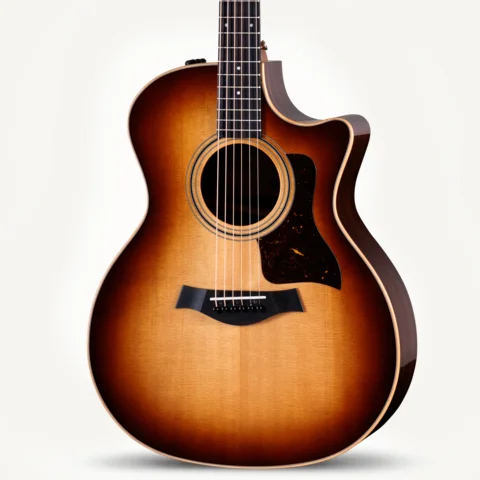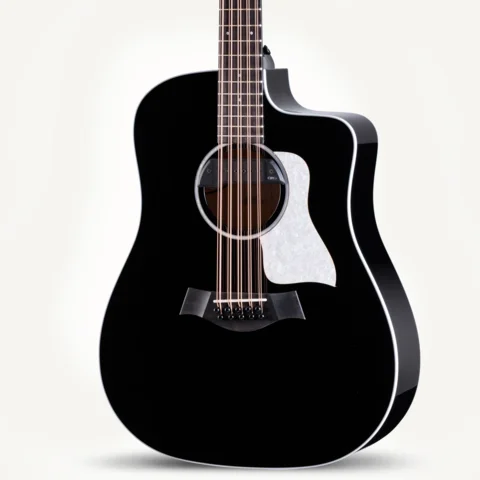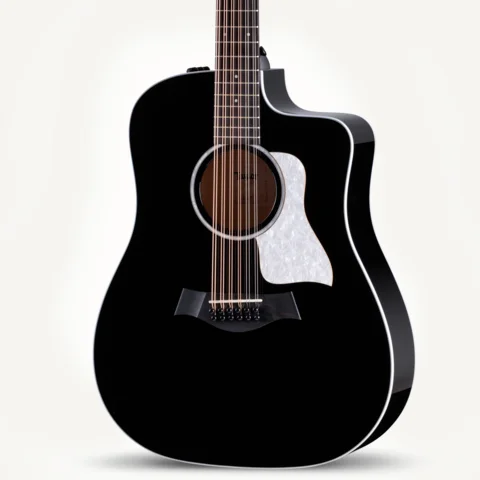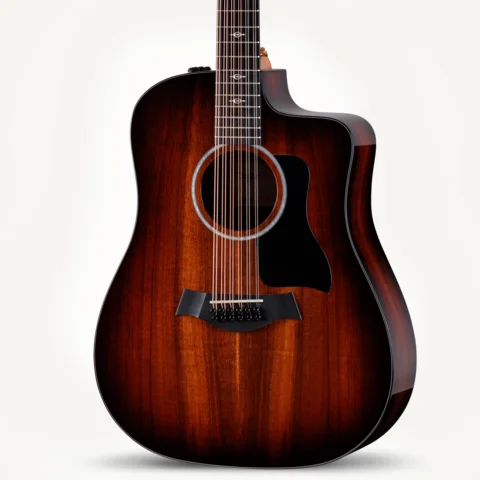With the weather getting progressively cooler in many regions during the fall months, it’s important to maintain a healthy relative humidity (RH) level for your guitar(s). The ideal humidity range for an acoustic guitar is 45-55 percent. Keep in mind that the more you heat your home, the more the indoor humidity drops. Dry conditions will not only compromise the playability of a guitar, they can also lead to more serious issues such as wood cracking and other damage. Here are some tips to help you keep your guitars in fine playing form during the fall and winter months.
1. Store your guitar in its case when you’re not playing it.
Unless you keep your instruments in a climate-controlled room, the enclosed environment of your case will provide a more protective environment for your guitar, particularly if you need to humidify it. As much as you might like to display your guitars on wall hangers or stands for accessibility, you’re better off stashing it in the case, especially if the air is dry.
2. Use a digital hygrometer.
Having an accurate humidity monitor puts you in the best position to know if you need to use a humidifier. Don’t rely on outdoor humidity readings; what matters is the environment where you keep your guitar. And be sure to use a digital hygrometer rather than an analog type with a needle; a digital unit is far more accurate. You can find one for $25-45, and we sell them through our online TaylorWare store.
Shop for Big Digit Hygro-Thermometer
3. Keep the hygrometer in the case with your guitar.
You want the most accurate reading of the humidity conditions your guitar is experiencing, so inside the case is better than simply in the room where the case is (although it’s not a bad idea to place another hygrometer in the room as a cross-reference). One additional note: Don’t put the hygrometer inside the case compartment, since it’s a sealed-off area. It should be placed in the open section of the case. A good spot is the outside of the case compartment on the guitar body end. There’s enough room there to Velcro a small hygrometer in place without having it touch the neck heel.
Shop Digital Mini Hygro-Thermometer
4. Use a guitar humidifier if necessary.
There are several products available. One that we often recommend is the D’Addario Two-Way Humidification System (formerly Humidipak) because it’s pre-formulated to maintain a humidity level of 45-50 percent, making it a low-maintenance solution. Keep in mind that the goal is to humidify the entire guitar (including the neck), so, depending on which type of humidifier you use, be sure to avoid sealing it inside the body with a soundhole cover. Part of the appeal of the Two-Way humidifier is that it includes humidification packets for both the soundhole and headstock areas.
Shop for Humidification System
5. Keep a lid on it.
If you’re using a guitar humidifier, you’re also humidifying the case, so you don’t want to give up that moisture when you take out your guitar. Close the lid during your playing sessions to preserve the humidification.
6. Know the physical symptoms of a dry guitar.
These include sharp fret ends (the result of the fretboard shrinking, which causes the frets to protrude), string buzz, and in extreme cases, cracks. If you experience this, your guitar probably needs to be humidified.
If you maintain a healthy humidity range, you’ll be able to keep your guitar feeling and sounding consistently great all year round.
For more information on other TaylorWare products please visit the Guitar Care section on our website here .
For more information on humidity control, refer to the Taylor Tech Sheets on our Support page, or contact our Customer Service department and our service experts will be happy to help.































































